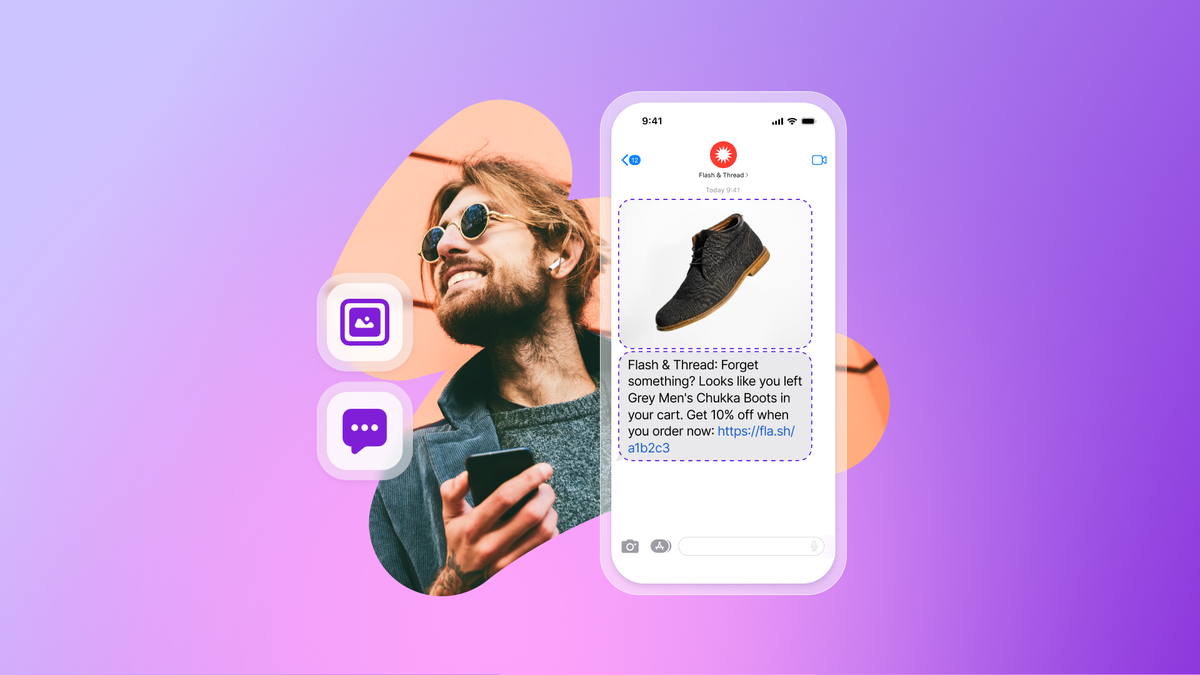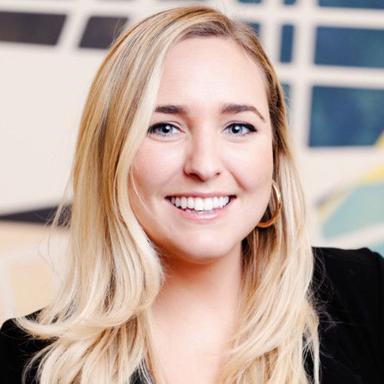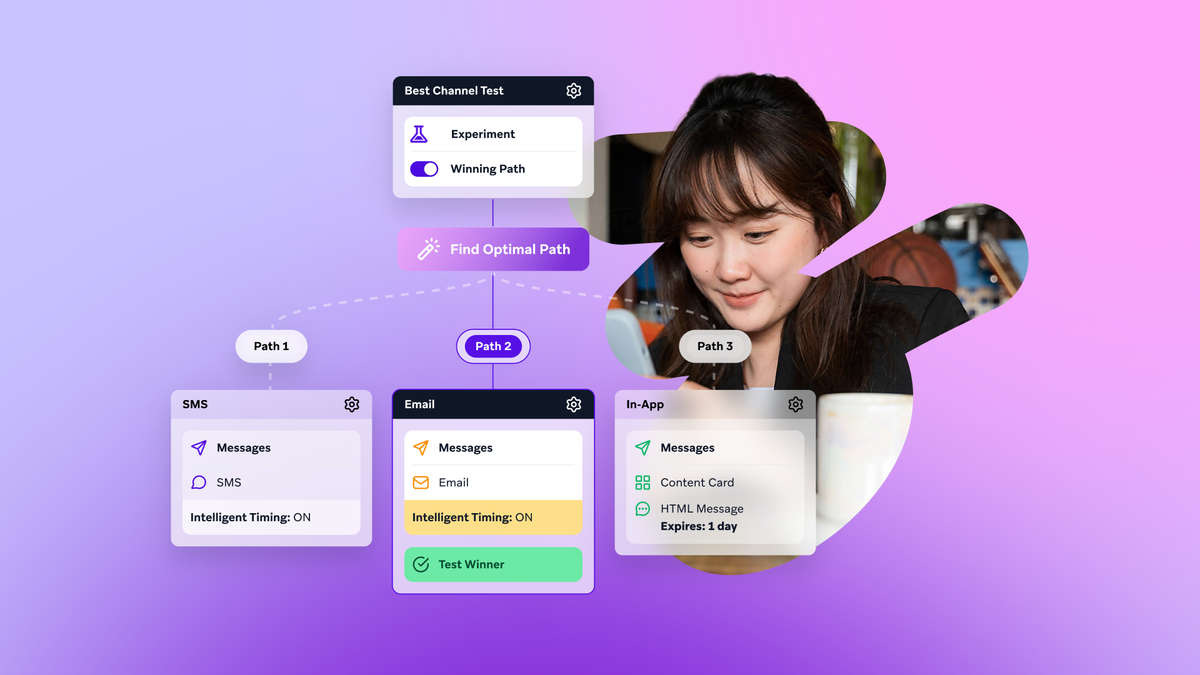Messaging Done Right (When Everything's Going Wrong)
Published on April 14, 2020/Last edited on April 14, 2020/4 min read
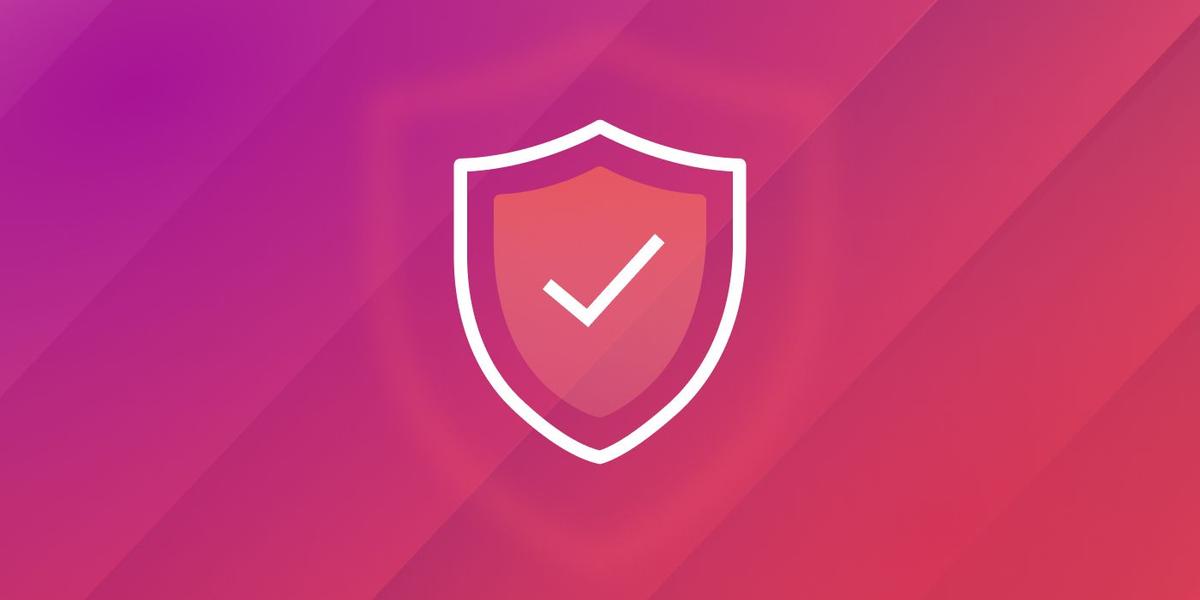

Sara Spivey
Chief Marketing Officer (CMO), BrazeAs we head into April, it’s a pretty sure bet that your life is dramatically different from the life you were leading at the beginning of March. We are all united in navigating the unknown, and in our uncertainty about what comes next. There’s been a barrage of brand communications in the past couple weeks, too, all responding to this new world order. We’ve taken the time to review Braze customers’ communication initiatives and want to share some lessons we’ve drawn from the exercise.
Best practices in troubled times
I noticed three main approaches to successful messaging right now:
- Sharing information and resources: Make it easy for customers to find trustworthy facts and help in their area. Simplify what it takes to get answers to specific questions folks are likely to have about your business, and about the changing situation around them.
- Helping with doing well: Every person’s world has been knocked sideways by this thing. Provide content or services related to health, fitness, mindfulness, eating well at home, or ideas for all the enforced family time. Help people help themselves to feel a little bit better, even if they (and you) can’t control the big picture out there.
- Helping by doing good: Be a part of the solution. Let people know that you contribute to healthcare workers or donate to those in need, and be transparent about how you’re supporting your own workers in these difficult times. Even something simple like acknowledging parents’ challenges by passing along kids’ activities can show that you understand and care.
Campaigns that get it right
I looked at dozens of campaign examples to draw these conclusions. Here are a couple that stood out to me (and I bet your inbox and notification center are full of them, too):
Headspace, a mindfulness company , hits on both doing well and doing good with its current response to the pandemic. They’ve made a “Weathering the Storm” package of experiences available through their app to everyone at no charge, with guided meditations and movement sessions geared to managing stress and anxiety. Plus, complete access to Headspace is available for free to US healthcare professionals and all employees in the UK’s National Health Service (NHS), and the company is working to extend the offer to healthcare workers globally. In addition to continuing free access to Headspace for Educators for teachers and administrators, Headspace made resources available for parents and teachers with tips on having conversations with kids around stress and anxiety related to the crisis. They’re also expanding access to free Headspace for Work tools and resources to help businesses and teams. We see other wellness and fitness businesses helping people find and access virtual services to keep up their wellbeing at home, with free, freemium, or value-priced content as the norm for these offerings.
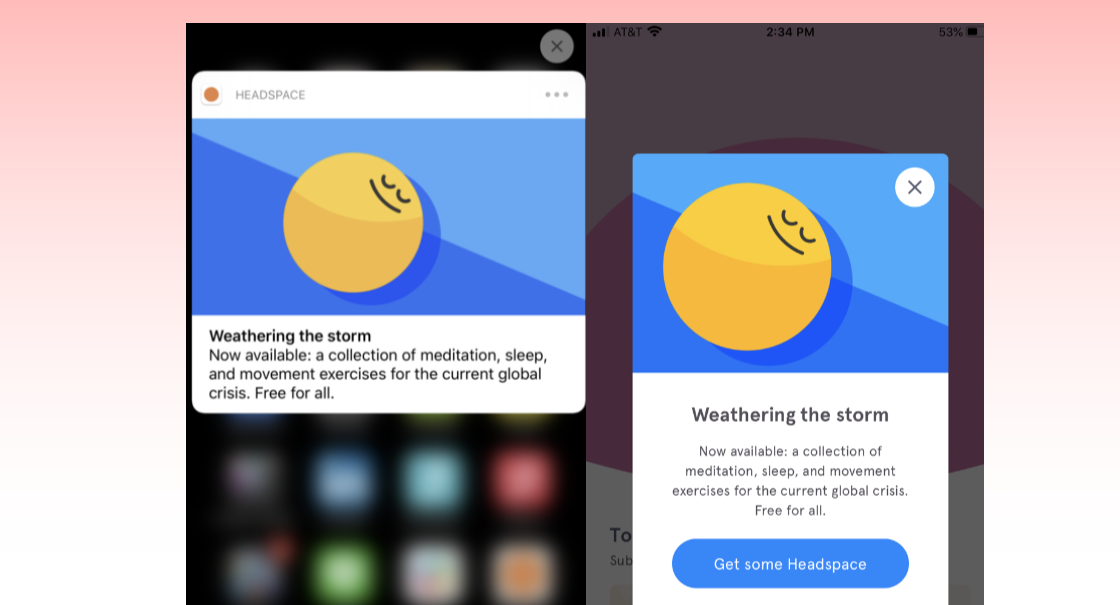
Taking the family out to dinner is no longer an option these days. Delivery services and fast-food restaurants recognize that putting meals on the table seven days a week is stressful, even for those who successfully stocked their pantries. Kentucky Fried Chicken informed customers early on of the initiatives that were being taken at all restaurants, like safety precautions for workers, tamper-evident seals on takeout containers, and no-contact drop-off options with delivery partner GrubHub. The matter-of-fact email from KFC US President Kevin Hochman offered reassurance for customers as they were making choices about which brands they’d trust. And KFC is doing good, too, providing food for kids through a partnership with Blessings in a Backpack, and most recently pledging one million pieces of chicken to be distributed to those in need in the local communities of its 4,000+ restaurants, found in all 50 states.
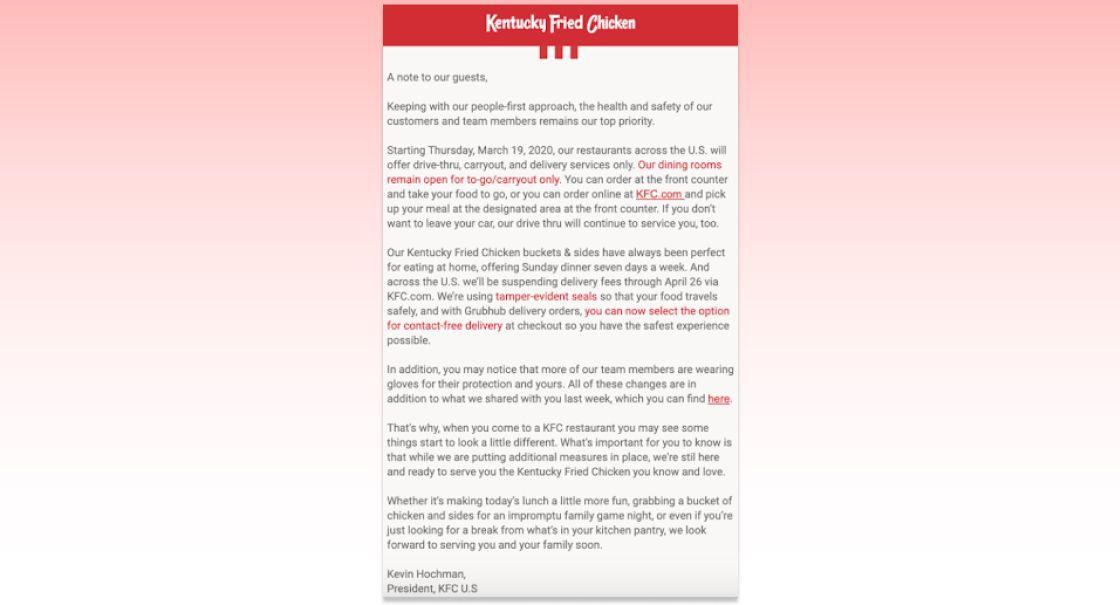
Community holds the key
If there’s one word that sums up my take on the successful campaigns in the current crisis, it’s “community”—we are seeing people at their best under the pressure of never-before-seen circumstances, coming together to help and support one another while maintaining responsible social distance. Successful marketers are speaking with empathy and compassion to their existing customer communities, or taking action to support the larger community beyond their customers.
Not sure where your brand fits in these best practices? When in doubt, leave it out. If you have nothing of real value to contribute to people right now, there’s no need to add your voice to the chorus out of a misplaced sense of FOMO. No one is going to say, “I sure needed to hear from that brand I bought patio furniture from three years ago.” Start thinking strategically now about what you can do to strengthen your brand community in the future. There will be a right place and time for your message when things get back to some sort of normalcy.
